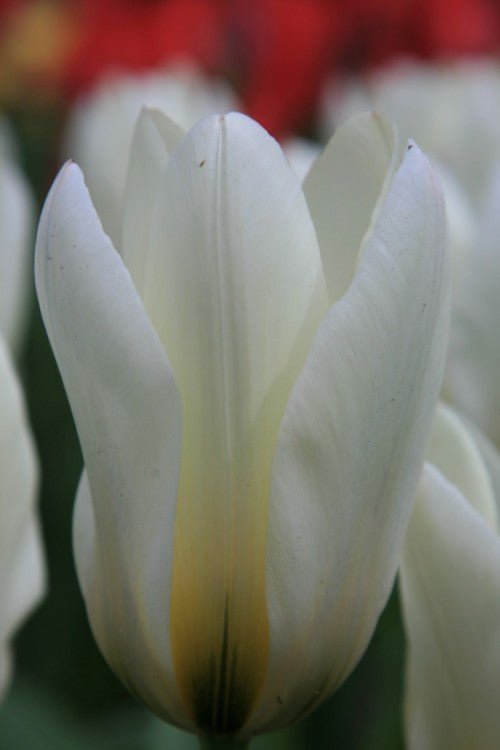
White Emperor
2015
$20.15
Unit price perSign up to be the first to know when it's back in stock.
About White Emperor
White Emperor tulips are known for its pure and radiant beauty, this captivating flower bulb variety will surely leave you in awe. Here are the key features of this remarkable bloom.
- Majestic White Blooms: White Emperor boasts large, pristine white flowers that create a stunning focal point in any garden.
- Impressive Height: Standing tall and proud, these tulips reach an impressive height, adding vertical interest to your flower beds or borders.
- Long-Lasting Beauty: With a long blooming period, the Tulip White Emperor extends its captivating display, allowing you to enjoy its beauty for an extended period.
How to plant and take care of White Emperor
- Planting Depth: Place the bulbs in well-drained soil, ensuring they are planted at a depth of approximately 6 inches.
- Ideal Sunlight: Choose a sunny location for planting, as Tulip White Emperor thrives in full sunlight.
- Watering Needs: Keep the soil evenly moist, but avoid overwatering to prevent bulb rot. Watering once a week is generally sufficient, adjusting as needed depending on weather conditions.
- Fertilizer Requirements: Prior to planting, incorporate a bulb fertilizer into the soil. After flowering, apply a balanced slow-release fertilizer to support the bulb's growth for the following year.
- Winter Protection: Mulch the area around the bulbs to protect them during the winter months.
- Maintenance: Remove faded flowers to promote the bulb's energy storage for the next season. Allow the foliage to die back naturally before removing it.
FAQs

